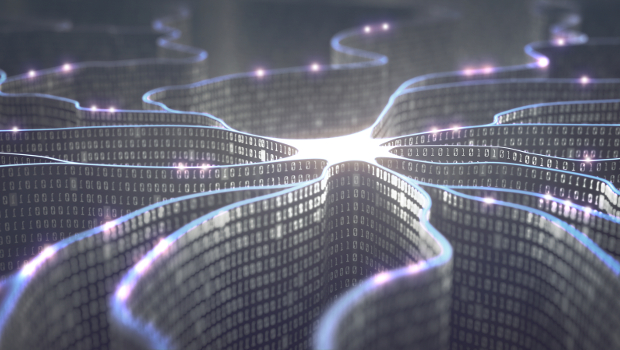Every year more than 3000 sinkholes swallow up huge chunks of road and pavement across Japan.
Some are caused by construction work; like the 30-metre wide chasm that appeared in the central business district of Fukuoka in 2016. But most appear when aging sewer pipes – laid during Japan’s infrastructure boom in the 1950s and ’60s – crack and create an air pocket that eventually caves in.
“There have been cases where vehicles and pedestrians fall victim to sinkholes, and the problem is becoming more severe. Sinkholes under roads have become a major societal issue in Japan,” explains Toshimune Imai, a lead engineer at Kawasaki Geological Engineering (KGE).
KGE is one of a handful of companies working with city authorities to detect small cavities underground before they expand and can no longer support the weight of the earth above.
To do so they use ground penetrating radar, which uses electromagnetic waves to identify the cavities up to three metres below the surface. Radar units are attached to the back of vans, which are driven along roads to generate an “X-ray of under the ground”.
These subsurface surveys are printed out to be scrutinised by specialists. A 100km stretch of road typically generates 200 A3 sheets of paper, which multiple technicians pore over to spot potential cavity sites and crosscheck. It’s demanding, dull work.
“We have multiple technicians looking over these sheets, because with only one person doing it they might overlook something in the image. This adds to the cost and adds to the time it takes to get back to the customer,” Imai explains at KGE’s Tokyo headquarters.
One of the hundreds of radar surveys engineers have to manually scan for cavities
The experts don’t always get it right. Other objects underground, such as large stones or chunks of concrete, can appear similar to cavities in the radar waveform results.
“Even a trained and talented engineer can mistake them for cavities,” Imai says. “Their eyes are also prone to focus in certain areas.”
To reduce detection time and improve the accuracy of identifying cavities, the company is now experimenting with AI, using image recognition algorithms to help engineers spot cavities in the radar data.
They worked with Fujitsu and deployed its Zinrai deep learning solution with an initial goal to “never overlook a cavity”.
The cavities show up quite distinctively on the radar results, appearing as small hills or ripples. Despite this, training the AI proved a challenge.
“AI can easily identify cats and dogs but that’s because there are so many images of cats and dogs AI can learn from. We realised we’d need abundant training data. So we used anything we could get our hands on to start it learning,” Imai says.
This initial model resulted in a false positive rate far too high for practical use.
KGE refined the model using higher quality images, and also trained it to identify the ‘hills’ that engineers had identified as cavities but turned out not to be. Further refining of the AI means it can now accurately identify cavities at a rate of 82%. Human engineers have a hit rate of about 80%.
As a result of the technique, total radar data analysis time has been halved, and the company hopes to reduce it further.
“Continued, repeated additional training is necessary, however. We’d like to get to 100% accuracy but that might not be possible. But if a trained human eye can make these mistakes, AI can,” Imai added.
The faster turnaround time of survey analysis has opened up new business models for the company. It is looking to develop a radar unit that can be easily attached to any vehicle, “such that even local government employees can use it, rather than specialist surveyors”.
KGE chief executive officer Toshihiko Sakagami, speaking to media at the firm’s Tokyo headquarters this week, revealed the company had been put off by earlier forays into AI.
“In the early days there was so much dream and vision surrounding AI, we felt it could solve everything, but it turns out that the actual mechanism behind AI is very complex. Within our company we actually failed in our first AI initiative,” he said.
Now, the related technologies are seen a huge opportunity for the company and the wider society. AI will not end up replacing the company’s human experts, Sakagami urged.
“I believe AI will actually enhance the competency of humans. With the human technicians, they are prone to their specific ways of doing things and they limit themselves as a result, but working with AI will help open up new doors for them… Our dream is to use AI to nurture and augment the human competency,” he said.
IDG News Service







Subscribers 0
Fans 0
Followers 0
Followers